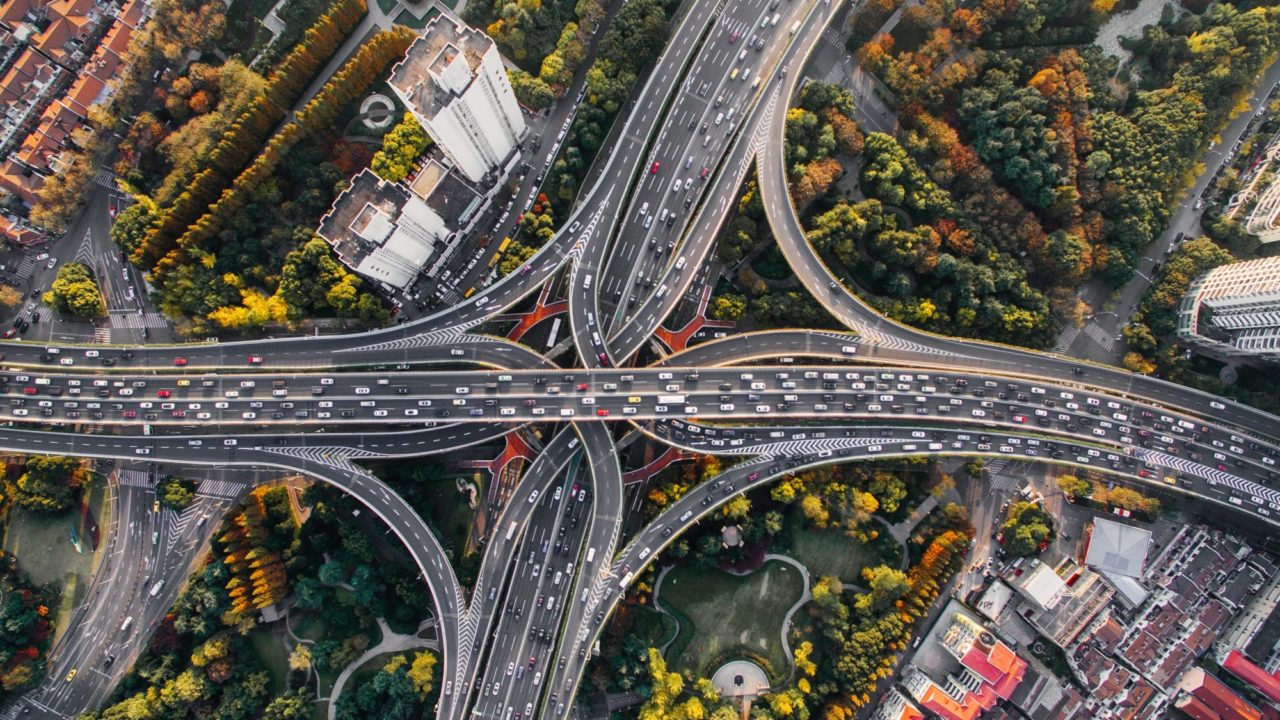
In May, we enjoyed a deep dive into the circular economy, questioning how mobility value chain can move towards even more sustainable business models.
Throughout the month, we hosted different Talks with:
– Thibaud Febvre, Co-founder & CEO Vianova (Replay)
– Aurelien Cottet, International Sales Director Instant Systems (Replay)
– Nathalie Mas-Raval, Directrice des Services Communauté de Communes du Grand Pic Saint-Loup (Replay)
Based on all the great insights we gathered thanks to our experts, we’re happy to present you the Mobility Club infographics about mobility hubs!

About the different types of mobility hubs
There are two historical hubs: train stations and airports.
Those places provides several modes of transport (taxi, subway, bus, tramway, e-scooters, e-bikes, carpooling, car-sharing…).
New kinds of mobility hubs appeared 5-6 years ago, developing new mobility solutions:
- Connection hubs: mostly located in cities, encouraging intermodality and new mobility services
- Suburbs hubs: well spreaded in Germany, Austria and UK, dedicated to people living in rural areas, aiming at facilitating parking of mobility devices in a train station
- Community hubs: around activity zones (university, hospitals…)
We identified 2 important tools to structure mobility hubs: MaaS and mobility data.
Mobility as a Service merge mobility operators (both public and private) in a single platform. Users can plan their trip, thanks a list of mobility services. Aurelien Cottet from Instant Systems taught us that “MaaS allows to manage well mobility hubs, where every mobility mode is linked and the tool allows to check their availability: its the network for mobility hubs”.
Different types of data (satellite, weather, telcos…) are helpful in building a more safe and shared public space for everyone.
Local authorities are playing a key role in mobility hubs development: they act as initiators and animators in mobility hubs structuration, mostly to favor intermodality and changing mobility behaviours.
La suite de l’article est réservée aux membres du Mobility Club.

